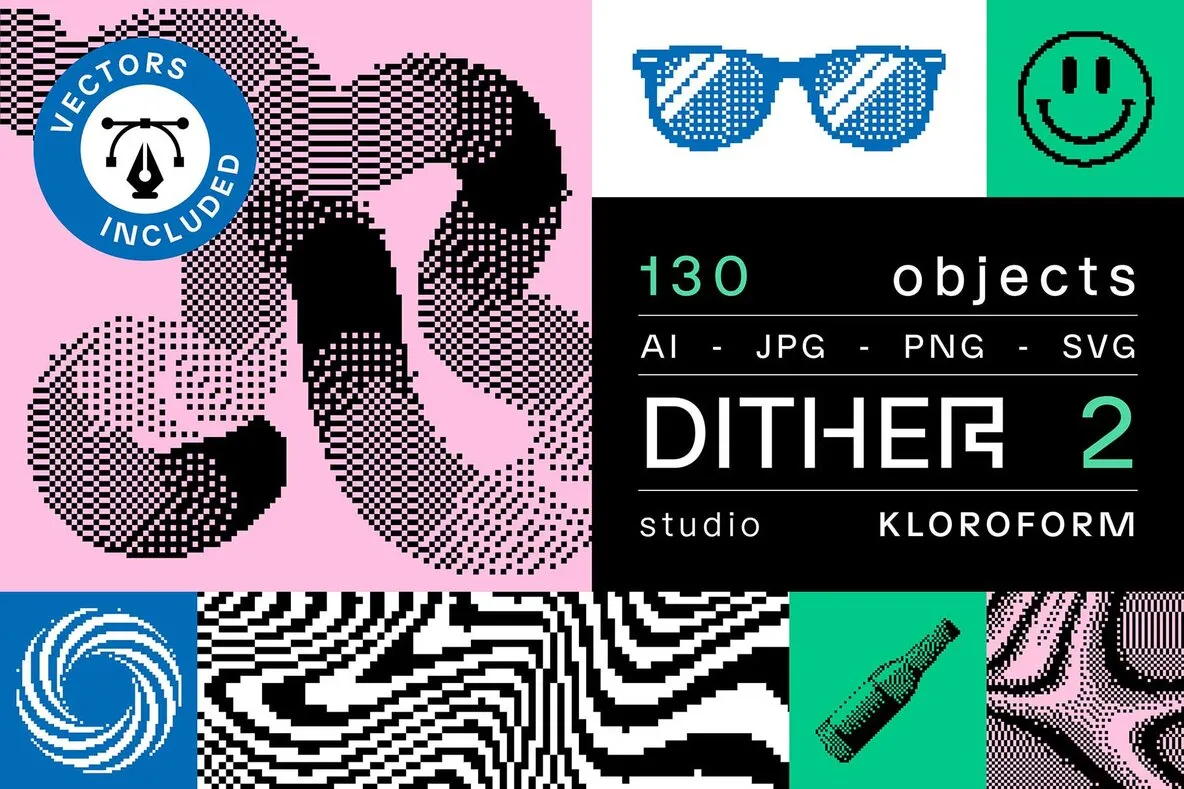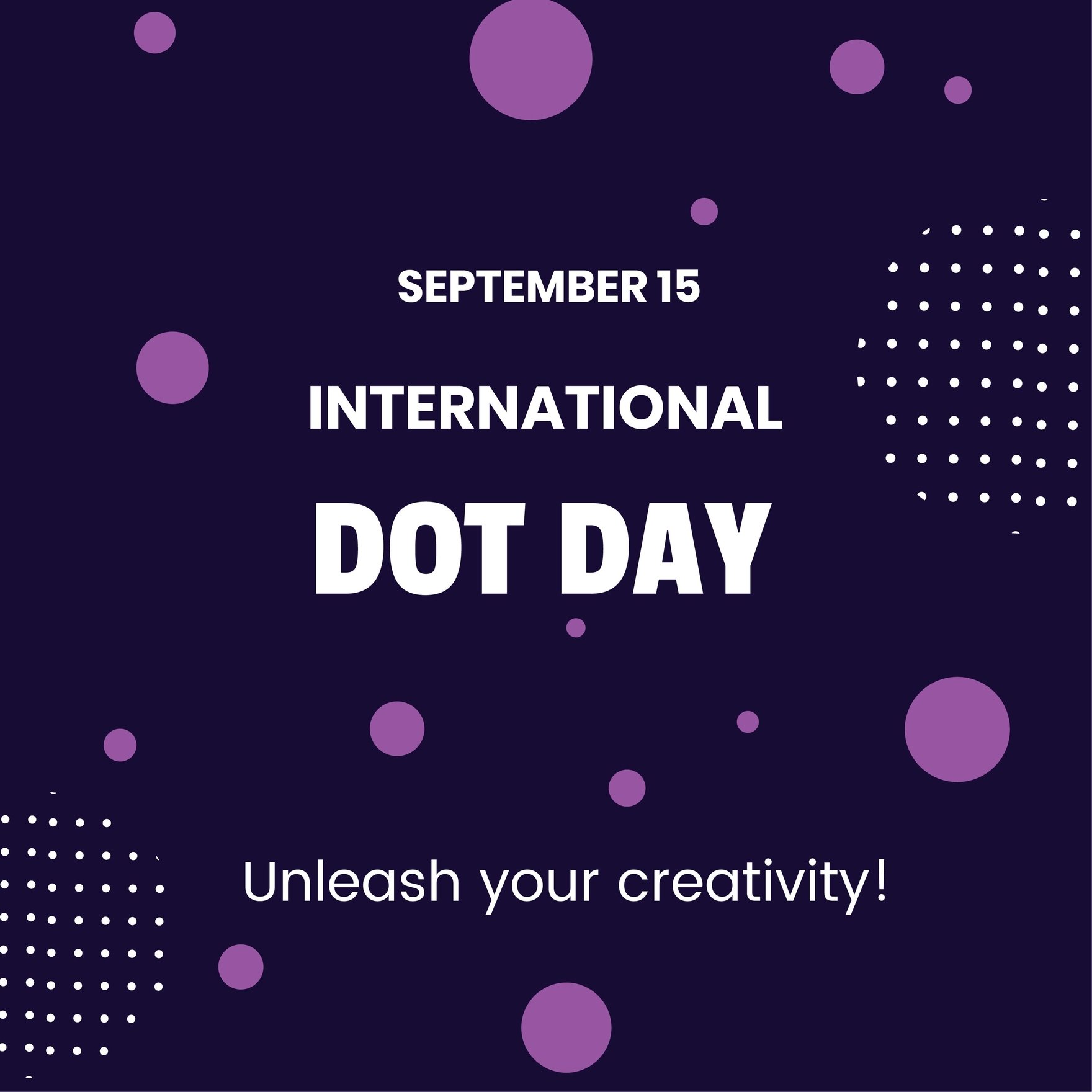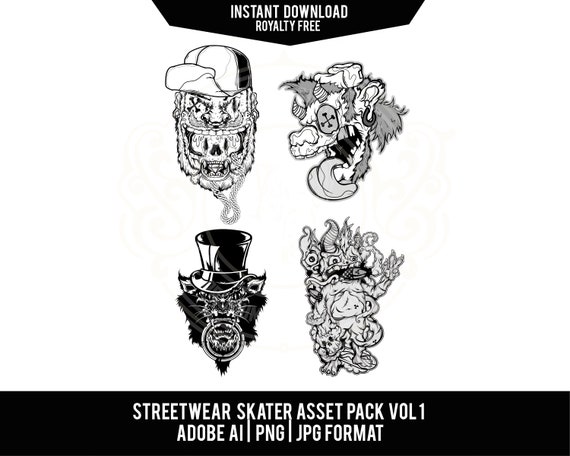The SVG extension stands for Scalable Vector Graphics. It is a file format for two-dimensional vector graphics.
Scalable Vector Graphics (SVG) is a versatile vector format that allows for graphics to be scaled to any size without losing quality, making it ideal for a wide range of applications from web design to printing. Unlike raster graphics, such as JPEG or PNG, SVG images remain crisp and clear at any resolution or zoom level.
This XML-based format supports both static and animated graphics and can be created and edited with any text editor. SVG is open standard developed by the World Wide Web Consortium (W3C), ensuring compatibility and accessibility across different platforms and devices. As an SEO-friendly content format, SVG plays a key role in modern web development by facilitating fast load times and high-quality visuals that improve user experience and engagement.

Credit: www.youworkforthem.com
The Rise Of Svg In Web Design
The Rise of SVG in Web Design is a tale of evolving technology and visual story-telling.
As screens become sharper and devices more diverse, web designers everywhere are turning to SVGs.
Scalable Vector Graphics offer crisp visuals at any size, making them a favorite for responsive design.
From Pixels To Vectors: A Shift In Digital Imagery
Digital imagery has taken a sharp turn from pixel-reliant graphics to sleek vectors.
- Raster images blur when scaled; not ideal for modern needs.
- Vectors retain clarity no matter the screen size.
- SVG files are small in size, boosting page load speeds.
Svg’s Integration In Modern Web Aesthetics
SVG is now integral to web design for its versatility and performance.
Designers use SVGs to craft interfaces that are visually stunning and technically superior.
| Benefit | Description |
|---|---|
| Resolution Independence | Looks perfect on any device. |
| CSS & JS Interactivity | Easy to animate and interact with. |
| Accessibility Features | Supports text that search engines read. |
Animations and effects come to life using SVG, with minimized performance hits.

Credit: www.creativefabrica.com
Svg Basics: What You Need To Know
Scalable Vector Graphics (SVG) are the lifeline of modern web design. This versatile format changes how graphics look and behave on the internet. Our journey into the SVG Basics starts with unraveling what an SVG is and why it deserves a spot on your web pages.
Defining Svg And Its Unique Properties
An SVG file, short for Scalable Vector Graphics, is an XML-based vector image format. Unlike pixel-based images, SVGs rely on mathematical expressions to render graphics, allowing them to scale infinitely without losing quality. Below are some of its unique properties:
- Resolution Independence – SVGs look crisp at any size or resolution.
- Small File Sizes – They often have smaller file sizes compared to raster images.
- DOM Manipulation – SVGs can be manipulated via CSS and JavaScript, offering dynamic interaction.
- Accessibility Features – They support text-based elements, enhancing accessibility.
Comparing Svg With Traditional Image Formats
| Feature | SVG | Traditional Formats (JPEG, PNG) |
|---|---|---|
| Scalability | Perfect at any size | Loses quality when scaled |
| Animation | Supports animations | No inherent animation |
| Interactivity | Can be interactive | Static images |
| File Size | Typically smaller | Size increases with quality |
While each format has its place, SVGs offer unique benefits when it comes to scaling and interactivity.
Advantages Of Svg For Web Graphics
The role of SVGs in web design is pivotal. Here are some key advantages:
- SEO-Friendly – Search engines can index SVG content, boosting SEO.
- Performance Gains – Smaller file sizes lead to faster load times.
- Zoom Without Quality Loss – Perfect for retina displays and responsive design.
- Stylistic Flexibility – Easy to style with CSS, expanding creative control.
SVGs align with the needs of responsive web design and high-definition displays, making them indispensable for modern websites.
Creating And Editing Svg Files
Scalable Vector Graphics (SVG) are essential for crisp, scalable web images. Unlike pixels, SVGs stay sharp at any size! They are perfect for logos, icons, and complex drawings. Here, unleash your creativity by mastering SVG creation and editing!
Tools And Software For Crafting Svgs
Starting your SVG journey means finding the right tools. Many free and premium options exist.
- Adobe Illustrator: A top choice for professionals, rich in features.
- Inkscape: A powerful open-source alternative, great for beginners.
- SVG-Edit: A web-based tool, simple and efficient.
- Boxy SVG: Browser-friendly, sleek design interface.
Choose one that fits your skill level and needs. Experiment and practice to find your favorite.
Step-by-step Guide To Designing Your First Svg
Ready to create your first SVG? Follow this guide:
- Select a tool from the list above. Install or open it to start.
- Get familiar with the interface. Look for the shape, draw, and text tools.
- Create simple shapes. Combine them to form complex designs.
- Use the pen or pencil tool for freehand drawing.
- Add colors and gradients for the visual appeal.
- Save your work as an SVG file. Use the software’s export function.
Tip: Zoom in for detailed work. Edit points for precision. Practicing these steps will build your SVG skills. Have fun and explore the possibilities!

Credit: www.template.net
Implementing Svgs On Your Website
Scalable Vector Graphics (SVGs) are an essential part of modern web design. They provide crisp, resolution-independent graphics that look great on any screen size. Integrating SVGs into a website enhances visual appeal and can improve performance.
Embedding Techniques For Seamless Integration
Using SVGs on a website can be straightforward with the right approach. There are multiple ways to embed them:
- Inline: Directly placing SVG code into HTML.
- Img Element: Referencing an SVG file via the
- Object or Iframe: Including an SVG using the
ortags. - CSS Background: Applying SVGs as CSS background images with
background-image: url('image.svg');.
Styling Svg Elements With Css
Personalizing SVGs is easy with CSS. They are highly style-able:
- Change colors using
fillandstrokeproperties. - Adjust dimensions without losing quality.
- Add animations and transitions to give life to icons and illustrations.
Optimizing Performance And Seo
Optimized SVGs contribute to faster load times and better search rankings. Below are key optimization tips:
| Action | Benefit |
|---|---|
| Minimize file size | Reduce load times |
| Remove unnecessary metadata | Cleaner code for search engines |
Ensure accessibility with title and desc tags |
Improve user experience and SEO |
Advanced Svg Features For Interactive Experience
Scalable Vector Graphics (SVG) elevate web design by allowing crisp, high-quality visuals at any scale. They offer unique features that enable an interactive experience for users. SVG not only enhances visual appeal but also encourages user engagement with its advanced functionalities. Let’s explore how SVG can bring animations, transitions, and interactive infographics to life on your website.
Animations And Transitions With Svg
SVGs can morph ordinary web elements into exciting, dynamic ones. Animations and transitions add a layer of sophistication to graphics, making them more engaging and eye-catching.
- CSS Animations: Incorporated seamlessly with HTML, SVG works with CSS to animate elements smoothly.
- SMIL (Synchronized Multimedia Integration Language): An SVG-specific feature that syncs animations directly within the SVG code.
- JavaScript APIs: In-depth control for complex animations and interactions is available through JS integration.
With these tools, designers create illustrations that can grow, shrink, rotate, and change color, providing users with a dynamic visual journey.
Building Interactive Elements And Infographics
Interactive elements compel users to engage with content. SVG infographics turn data visualization into an immersive experience.
- Clickable parts within SVGs make learning and discovery intuitive.
- Hover effects reveal additional information without overcrowding the design.
- Drill-down features allow users to navigate through complex data easily.
SVG-based infographics serve as powerful storytelling tools, where users uncover insights at their own pace.
Future Trends And Potentials Of Svg
Scalable Vector Graphics (SVG) have become vital to web design for their flexibility and crisp visuals. Their vector nature allows for infinite scalability without loss of quality, making them perfect for the sharp displays of modern devices. SVGs offer dynamic manipulation and animation capabilities, enabling interactive and engaging user experiences. As technology marches forward, SVGs will undoubtedly play a crucial role in shaping the web’s visual future.
The Role Of Svg In Ar And Vr
With Augmented Reality (AR) and Virtual Reality (VR) becoming more mainstream, SVG is set to be a game-changer. Its lightweight nature allows for fast loading times and smooth integration in 3D environments. Here are some key points:
- High-resolution graphics with minimal file size enhance AR/VR experiences.
- SVGs enable on-the-fly adjustments for real-time personalization in virtual spaces.
- Interactive SVG elements can provide immersive navigation menus and control panels.
As developers innovate, the use of SVG in AR and VR interfaces is expected to expand, bridging the gap between real-world and digital interactions.
Svg’s Growing Importance In Responsive Design
In today’s multi-device world, responsive design is non-negotiable. SVGs are inherently resolution-independent, which means they look great on any screen size. Consider these advantages:
- SVGs scale without distortion across devices, from smartphones to large monitors.
- Adaptive SVG icons and images adjust to different orientation and layout changes.
- CSS and JavaScript can modify SVGs dynamically, ensuring perfect rendering.
Designers harness SVGs to create fluid interfaces that respond to user context. As devices diversify, SVG’s role in responsive design will only grow more prominent.
Frequently Asked Questions On Svg Extension
What Is Svg Extension?
The SVG extension refers to Scalable Vector Graphics, an XML-based vector image format for two-dimensional graphics.
What Opens An Svg File?
SVG files open with web browsers like Chrome, Firefox, and Edge, as well as image viewers and editors like Adobe Illustrator and Inkscape.
Is Svg A Png File?
No, an SVG is not a PNG file. SVG is a scalable vector graphic, while PNG is a raster image format.
Is Svg Just Xml?
Yes, SVG is a form of XML specifically designed for describing two-dimensional vector graphics. It stands for Scalable Vector Graphics and shares XML’s syntax and structure.
Conclusion
Exploring SVG extensions offers a window into crisp, scalable graphics for modern web design. Embracing this format equips creators with versatile, responsive artwork for any digital interface. As we wrap up, remember the agility and editability SVGs provide for a visually stunning online presence.
Harness their potential to elevate your projects with precision and creativity.


